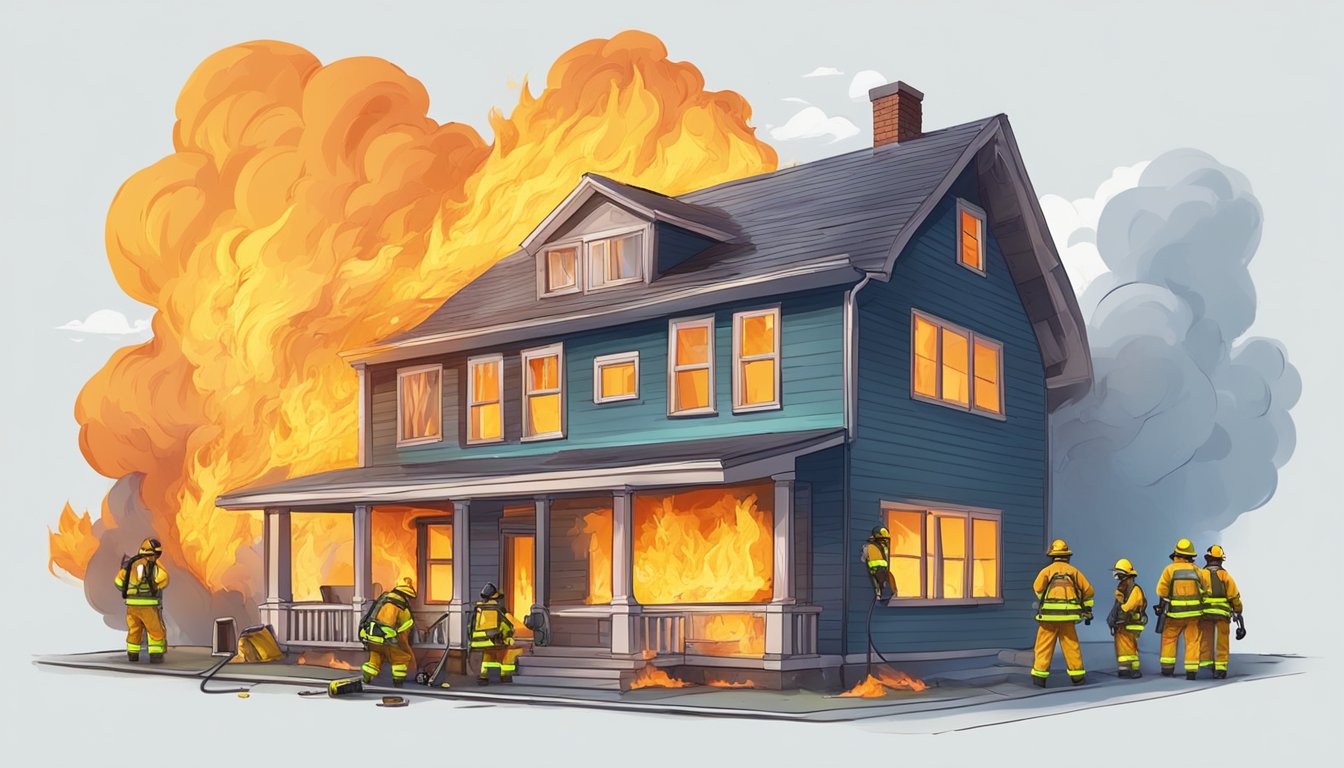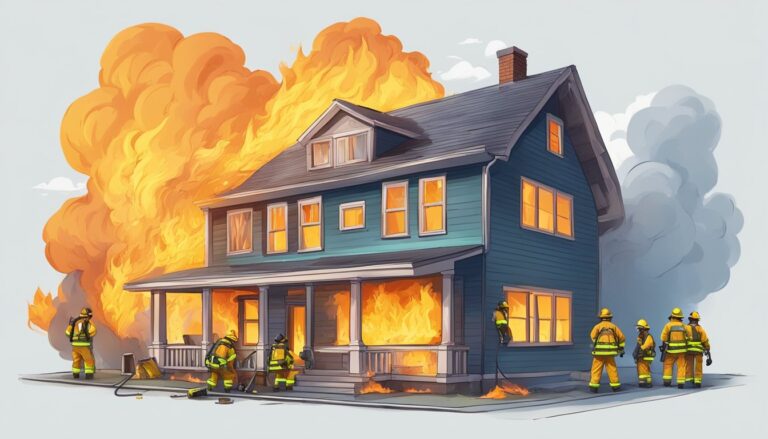Understanding Replacement Cost

Understanding the concept of replacement cost is crucial in the insurance industry.
It helps in determining how much it would cost to replace an asset without considering depreciation.
It differs from market value in significant ways, impacting insurance policies and financial decisions.
Definition and Significance
Replacement cost is the amount needed to replace an asset with a new one of similar kind and quality at current market prices.
This estimate is crucial for insurance purposes as it determines the amount you would receive if a significant asset, like a building or equipment, is damaged or lost.
Insurance policies that cover replacement costs often do not account for depreciation.
This means if an insured item such as a roof or machinery is destroyed, the insurance payout is calculated based on what it costs to replace the item today, not its current value after years of use.
For an in-depth look, refer to the definition of replacement cost.
Differentiating Market Value and Replacement Cost
The replacement cost reflects the price to replace an asset, whereas market value is what someone is willing to pay for an asset.
For insurance, understanding these terms is crucial to selecting appropriate coverage.
For example, a house that costs $200,000 to replace might have a market value of only $180,000 due to location or market conditions.
Replacement cost ensures you can rebuild using current prices, while market value might not cover this cost.
Furthermore, market value often includes land value, whereas replacement cost strictly pertains to the structure and assets themselves.
For further details, see the market value definition.
Application of Replacement Cost in Business and Insurance

Replacement cost is crucial in both business valuation and insurance coverage.
In insurance, it helps you get reimbursed for the full cost of replacing lost or damaged items.
In business, it aids in accurate asset management and budgeting.
Insurance Policies and Coverage
In the realm of insurance policies, understanding replacement cost is essential for determining accurate coverage levels.
When you file a claim for damaged or stolen items, your insurance company typically reimburses you based on the item’s current market value rather than its depreciated value.
This ensures you can replace the items without out-of-pocket costs.
Homeowners insurance often includes replacement cost coverage, which helps you replace personal belongings and repair structures like a damaged roof.
Additionally, many commercial policies for businesses incorporate replacement cost provisions to safeguard valuable assets against unforeseen damages.
Replacement cost is critical in risk management, as it ensures your policy will cover the actual expense of replacing assets.
This mitigates financial loss and supports quicker recovery from incidents like fire, theft, or natural disasters.
Business Accounting and Asset Management
In business accounting, replacement cost helps maintain accurate asset valuations in financial statements.
Accountants use it to determine the value of asset accounts, ensuring that the financial records reflect current market conditions.
This is crucial for decisions related to investments and budgeting.
Asset management often involves calculating the net present value of potential replacements to manage long-term profitability effectively.
Including replacement costs in your budget helps predict future expenses, ensuring adequate financial planning and resource allocation.
Businesses with leased equipment or real estate must account for replacement cost when assessing their financial health.
This makes it easier to justify expenses and manage budgets more effectively.
By keeping replacement costs in mind, companies can plan for asset replacement in a cost-effective manner.
Real-World Implications and Case Studies
Replacement cost plays a crucial role in both insurance and business sectors.
It affects how claims are processed and influences asset valuation for companies.
Insurance Claim Scenarios
In the event of a loss, insurance companies use replacement cost to determine the compensation for damaged or lost property.
For instance, if a policyholder’s home is damaged by a storm, the insurer calculates the amount needed to rebuild or repair it at current prices.
This method ensures that the insured property is restored to its original condition or better, without factoring in depreciation.
For example, a building with significant storm damage may be assessed for its replacement cost value.
In the case of earthquake damage, earthquake insurance would cover the rebuilding expenses based on current construction costs.
This method protects the claimant from financial loss.
Business Decisions and Asset Valuation
Replacement cost is also critical in business decisions, especially in asset valuation and capital budgeting.
Companies assess the value of their tangible assets like buildings, machinery, and inventory based on what it would cost to replace them today.
This approach is essential in mergers and acquisitions, as well as for insurance purposes.
For instance, when a company is valuing its real estate, it must consider the replacement cost of each property.
This ensures that in the event of a loss, such as fire or storm damage, the business can restore its assets quickly.
Understanding this value helps businesses maintain accurate financial statements and make informed investment decisions.
Using replacement cost for asset valuation can also affect property tax assessments, insurance premiums, and business insurance claims.
This comprehensive valuation method provides a realistic view of what restoring or replacing assets would entail, helping companies stay financially prepared.






